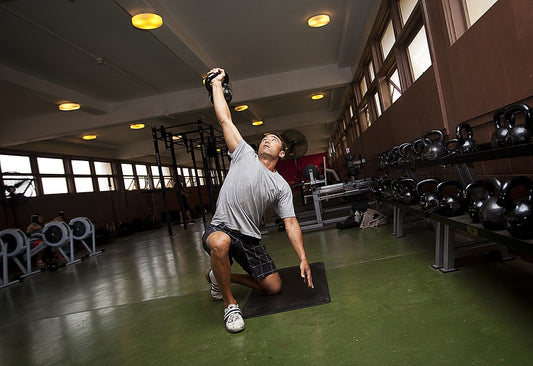CrossFit

Fixing Lots of Problems with Kettlebell Swings
Whether consciously or unconsciously, we spend most of our days in doing activities with terrible posture. At work, we crouch over keyboards as our hips shorten and chests cave in...
Fixing Lots of Problems with Kettlebell Swings
Whether consciously or unconsciously, we spend most of our days in doing activities with terrible posture. At work, we crouch over keyboards as our hips shorten and chests cave in...

